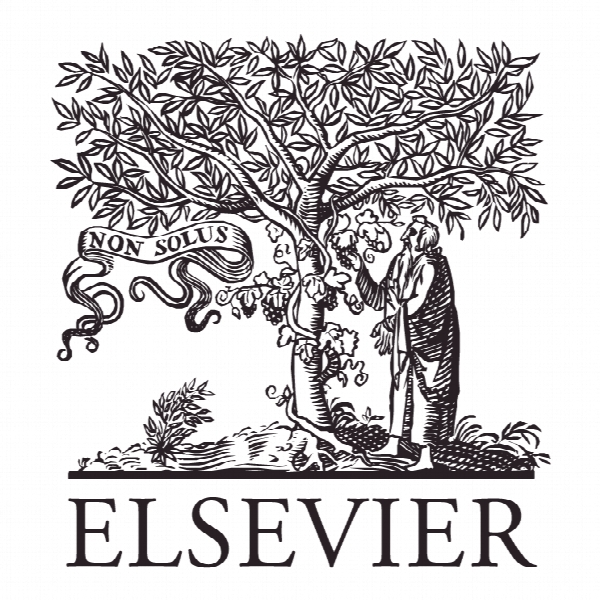نظارت بر فاضلاب برای ارزیابی سلامت جامعه: کاوش اطلاعات فاضلاب شیمیایی شهری (SCIM) Monitoring wastewater for assessing community health: Sewage Chemical-Information Mining (SCIM)
- نوع فایل : کتاب
- زبان : انگلیسی
- ناشر : Elsevier
- چاپ و سال / کشور: 2018
توضیحات
رشته های مرتبط محیط زیست، زیست شناسی
گرایش های مرتبط آب و فاضلاب، علوم سلولی و مولکولی
مجله علوم محیط زیست – Science of the Total Environment
دانشگاه National Exposure Research Laboratory – Office of Research and Development – USA
منتشر شده در نشریه الزویر
کلمات کلیدی انگلیسی Epidemiology, Public health, Endogenous biomarker, Urine, Exosomes, Exposome
گرایش های مرتبط آب و فاضلاب، علوم سلولی و مولکولی
مجله علوم محیط زیست – Science of the Total Environment
دانشگاه National Exposure Research Laboratory – Office of Research and Development – USA
منتشر شده در نشریه الزویر
کلمات کلیدی انگلیسی Epidemiology, Public health, Endogenous biomarker, Urine, Exosomes, Exposome
Description
1. Assessing public health via sewage monitoring—introduction Robust public health is essential for productive, sustainable communities. The trajectory of public health (the time-trend of a community’s health signature) reflects the hazards faced by all individuals, coupled with their collective vulnerabilities to ongoing, daily exposures to myriad types of stressors—exposures spanning the spectrum of socioeconomic, psychologic, physical, and chemical insults. Although there are many perspectives to how the overall status of collective, community-wide health might be defined, major challenges are faced in how it might be assessed. Measurement and monitoring tools are required to ensure that a community’s positive health trajectory can be maintained and that optimal interventions can be taken to mitigate dysfunction, avoid emerging and unrecognized hazards, and reduce the scope of health disparities. As such, the need to quickly detect diminution of collective health requires near real-time monitoring at large scale, all while incurring minimal cost and avoiding the need for human subjects research approvals by institutional review boards (IRBs). One example of a conventional system designed to surveil and improve public health is the Healthy People Initiative. This US federal program was initiated in the late 1970s and undergoes major revision every decade. The Initiative collects health-related data from multiple population scales and sets objectives targeted for improving public health over 10-year time spans. Its current iteration is Healthy People 2020 (Fielding et al., 2013; ODPHP, 2017). As a means for assessing public health, the Healthy People Initiative relies heavily on self-reporting surveys, which have inherent problems with self-selection and with over- and under-reporting bias. The program also uses comparatively few metrics that rely on chemical-focused biomonitoring of individuals, as biomonitoring is a resource-intensive tool and requires IRB approvals. Moreover, many of the numerous metrics employed by the program are conducive only to infrequent data sampling (e.g., several times per decade). For the purposes of this article, the Healthy People Initiative serves as a backdrop that highlights how a completely new concept for monitoring assessing health at the community scale could contribute a valuable new tool for assessing public health and guiding its improvement. This tool is based on the concept called Sewage Chemical-Information Mining—SCIM (Daughton, 2012a, 2012b). When applied specifically to measuring the overall health status of a community, SCIM becomes a monitoring approach analogous to clinical urinalysis. The difference is that the sample originates from the collective, en masse excreta from an entire community. So it essentially views the entire community as an integral “patient”. SCIM capitalizes on a biological sample that is continually and readily available in the guise of raw (untreated) sewage. And because of its inherent anonymity, it does not require IRB approvals.


